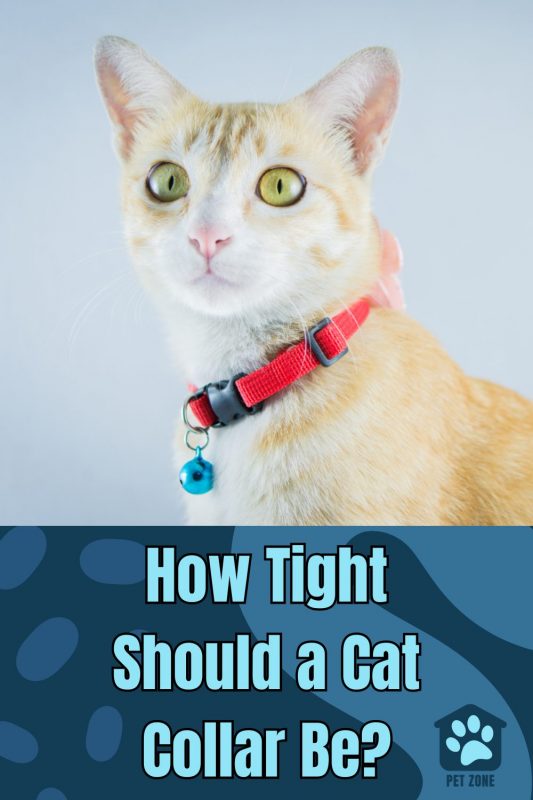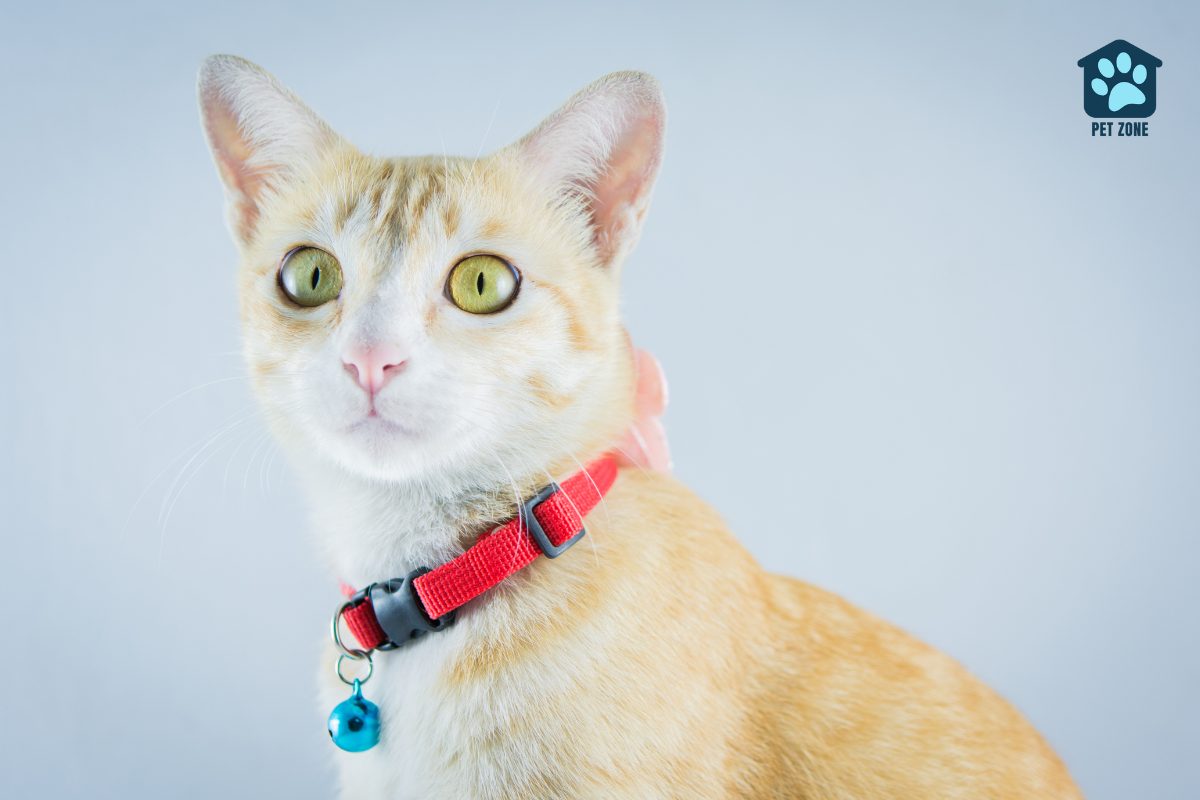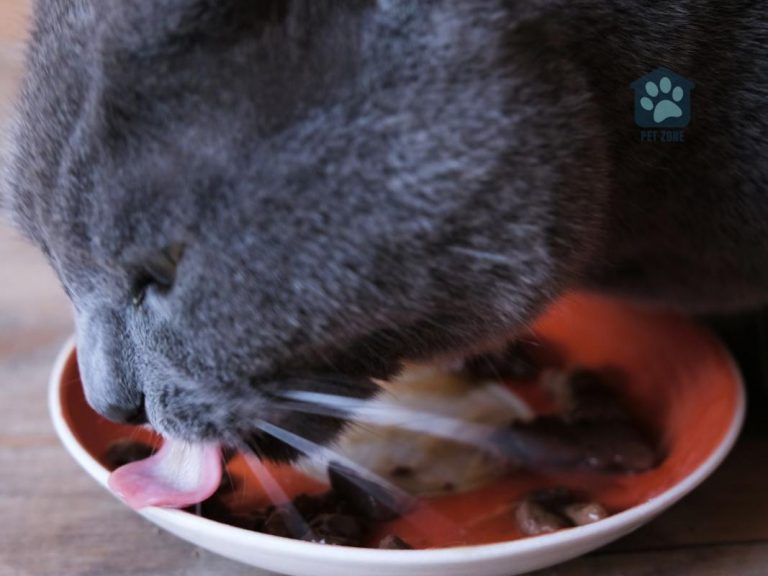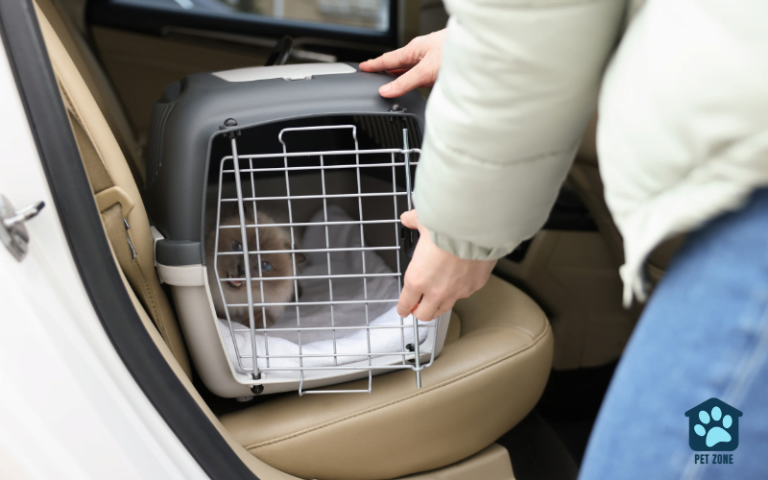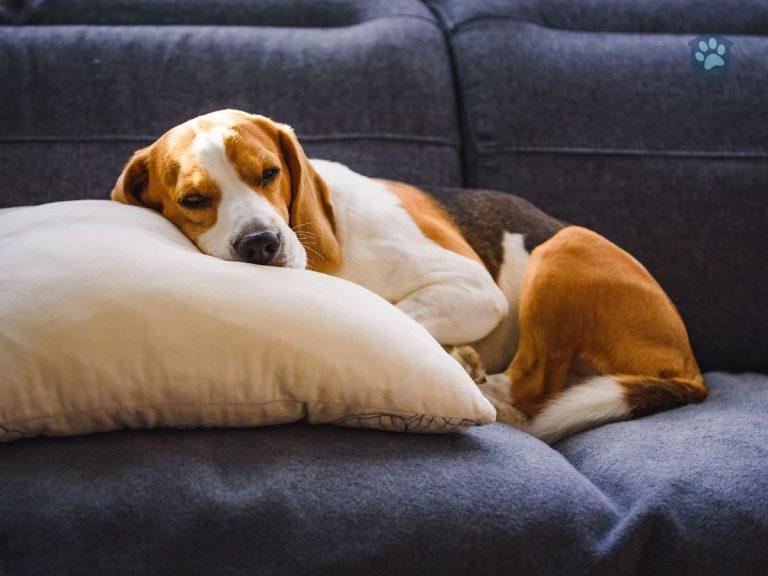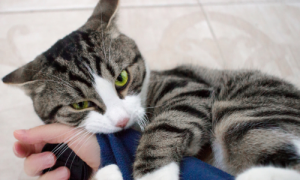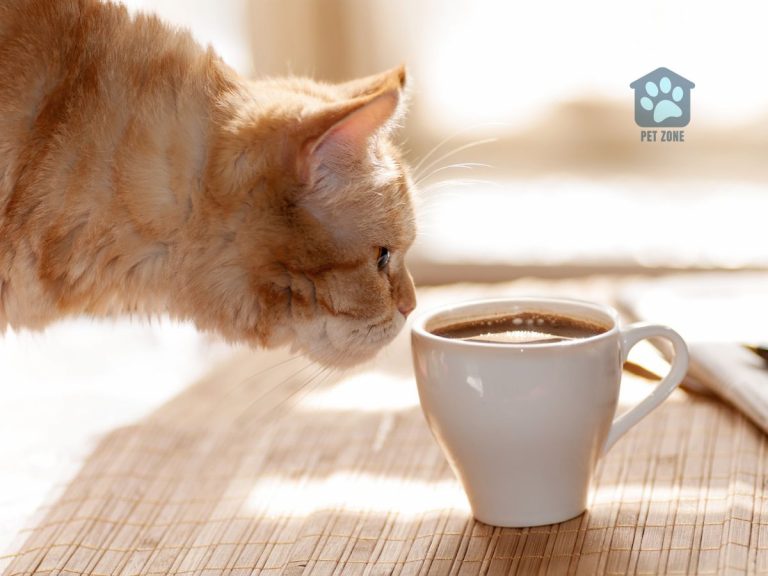Choosing the right fit for your cat’s collar can be a head-scratcher for many pet parents. It’s crucial to get it just right – snug enough to stay on, but loose enough for comfort.
A good rule of thumb is to ensure you can slide one or two fingers under the collar easily: just the right amount of room to balance safety and comfort.
This article explores how to strike that perfect balance, giving you step-by-step instructions on how to measure your cat’s neck, purchase the right-sized collar, and achieve that perfect fit.
Key Takeaways
- Measure your cat’s neck with a flexible tape measure or string to get the right collar size. Add about 1/2 inch to 1 inch for comfort, making sure it fits snugly but not too tight.
- Use the Two-Finger Rule as a guide: you should easily slide two fingers under the collar. Regularly check and adjust the fitting to ensure safety and comfort as your cat grows or their weight changes.
- Consider breakaway, reflective, or GPS collars based on your cat’s lifestyle. Breakaway collars are great for safety, reflective ones make cats visible at night, and GPS collars help track wandering pets.
- Look for high-quality materials like nylon or leather in a collar for a cat and ensure it has adjustable sizes and a quick-release buckle. A well-fitted collar won’t rub against their skin or cause discomfort.
- Always monitor your cat for any signs of discomfort from their collar, such as scratching more than usual or trying to pull it off. Adjustments may be needed over time to keep them comfortable and safe.
The Benefits of Proper Cat Collar Fitting
Getting your cat’s collar to fit just right can make a big difference. It ensures they’re safe and comfortable, while still wearing their ID proudly.
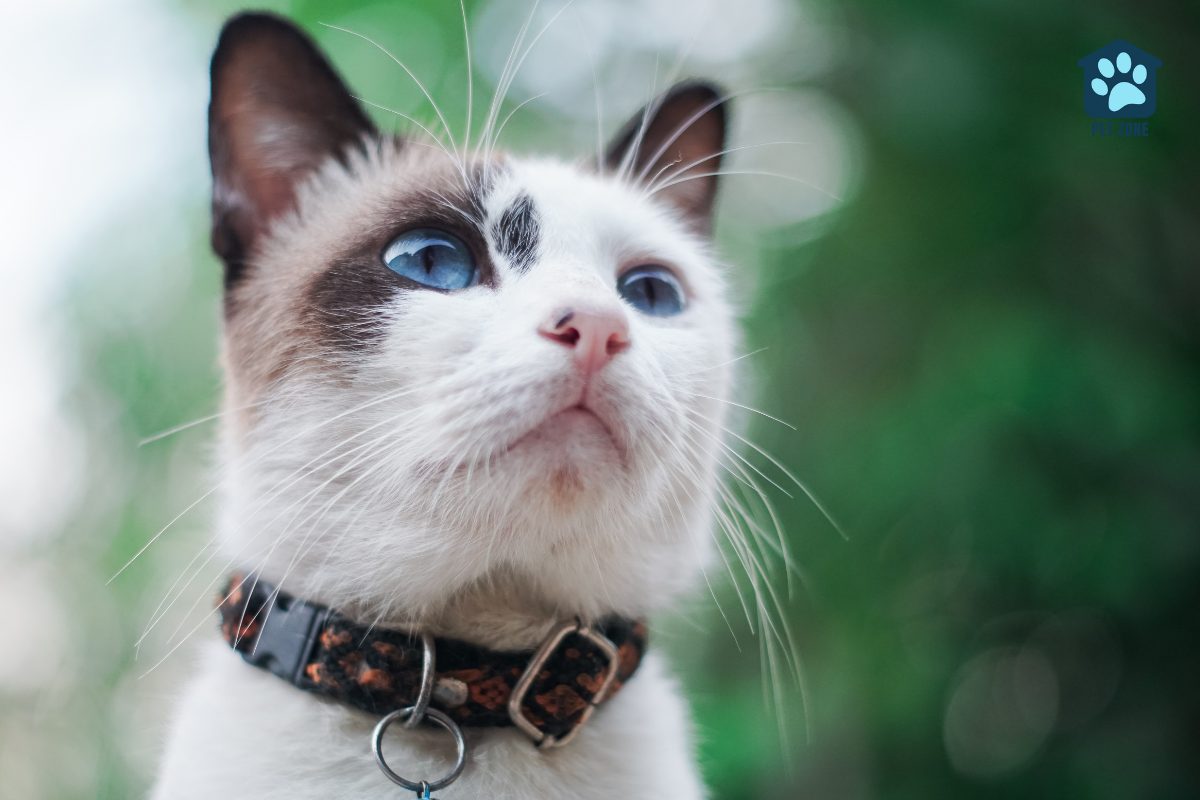
Safety
A tight collar can be dangerous. It might choke your beautiful cat if not fitted correctly. Always check the fit of the collar to avoid any risk of choking hazards.
Loose collars pose their own problems—your cat could snag it on something and get stuck, risking injury or even escape.
Using a breakaway safety buckle is key for outdoor cats. This type of collar pops open automatically if it gets caught, allowing your cat to free itself from potential danger.
Regularly adjust the collar as your kitten grows or changes in size to ensure it remains safe and comfortable at all times.
Comfort
Cats love to move around, climb, and play. A collar that’s too tight can stop them from enjoying these activities.
It can rub against their neck, causing discomfort or even pain. That’s why it’s crucial to fit a cat collar comfortably—snug yet loose enough for two fingers to slide underneath easily.
Think about how your cat spends its day: snoozing in sunny spots, exploring the edges of rooms, and maybe even darting outside if they get the chance.
Every movement is graceful and unencumbered—a poorly fitted collar shouldn’t change that.
Ensuring your cat’s comfort with a well-fitted collar means they barely notice it’s there, keeping them happy and active without any fuss.
Identification
A proper collar makes sure your cat carries its ID at all times. This is crucial, especially for indoor cats. An ID tag on the collar can help others identify your cat if it gets lost.
It’s like giving your cat a voice when you’re not around to speak for it. Think about adding tracking devices too—these come in handy if your furry friend decides to go on an adventure.
Choosing the right collar also means thinking about safety and comfort alongside identification. A breakaway collar is often the safest option. It opens up if the collar gets caught, preventing injury or worse yet, choking.
Remember, fitting the collar correctly enhances its purpose—not too tight but secure enough to stay on during those unexpected sprints around the house.
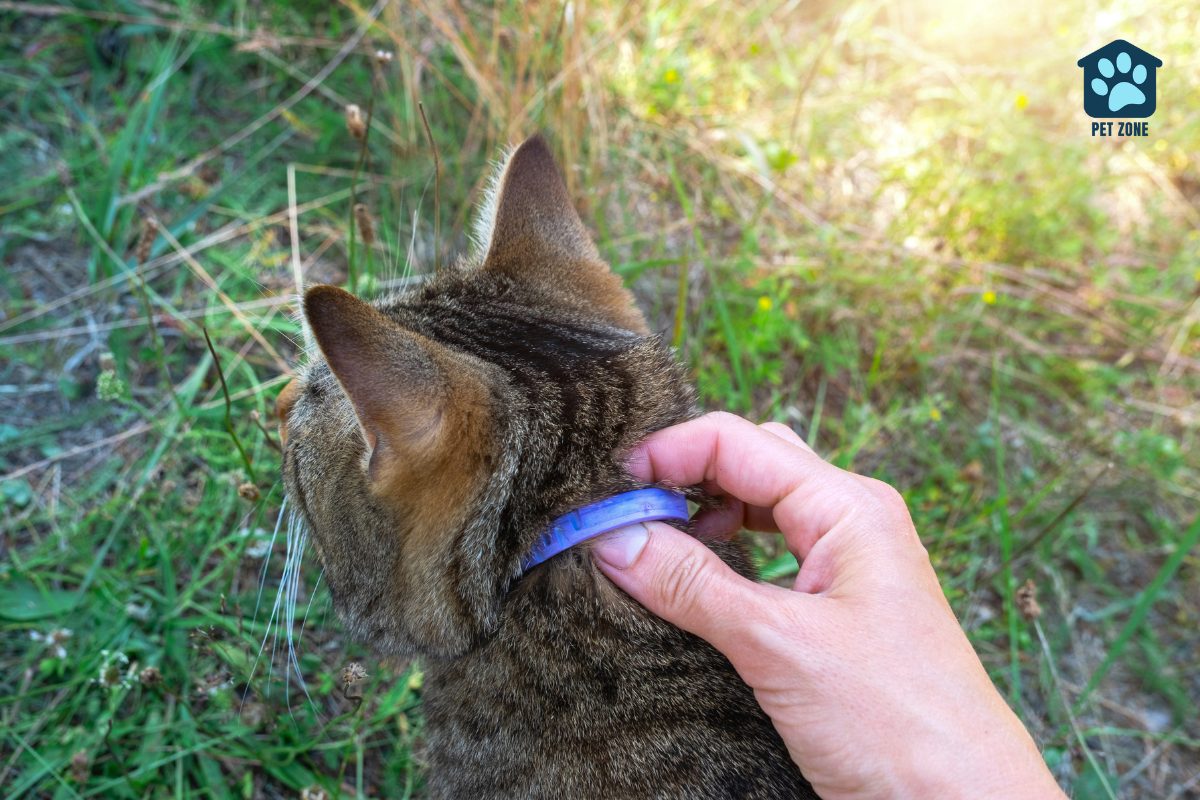
The Risks of an Improperly Fitted Collar
A collar that’s too tight or too loose puts your cat in danger. It could lead to serious harm or even their escape.
Choking
Choking is a serious risk if your cat’s collar isn’t fitted correctly. If too tight, it can cut off breathing and cause distress or injury.
Tags and hanging accessories increase the danger. They might catch on to something, leading to strangulation risks for your playful feline.
Collars that are too loose also pose threats. Your curious cat may snag its collar on branches or fences, risking chokes or worse – getting stuck with no one around to help free them.
Always ensure the fit allows breathing room but keeps the collar secure from such hazards.
Escape
A collar too loose risks your cat’s safety. They can easily slip out, increasing their chances of getting lost.
This is especially critical if your cat goes outside and relies on a collar for identification or has a GPS tracker attached.
Tight collars aren’t the answer either. They can trigger breakaway mechanisms prematurely.
If this happens, your cat might come back without its collar—and its ID tags or GPS device—making it hard to find if they wander off or get into trouble.
Regular checks ensure the fit remains perfect, reducing escape risk and keeping your kitty safe on all their adventures.
Injury
Collars that don’t fit right can hurt your cat. Too tight can rub their skin raw or make it hard for them to breathe. If it’s too loose, they might get stuck on something and hurt themselves trying to break free.
Quality matters too; poorly made collars can fall apart and leave sharp edges that could cut your cat.
Cats wearing the wrong collar may start scratching more than usual or show signs of skin trouble. It’s best to check the fit often and pick a collar meant for safety – like those with a breakaway buckle.
This reduces risks, ensuring your furry friend stays safe while exploring indoors and out.
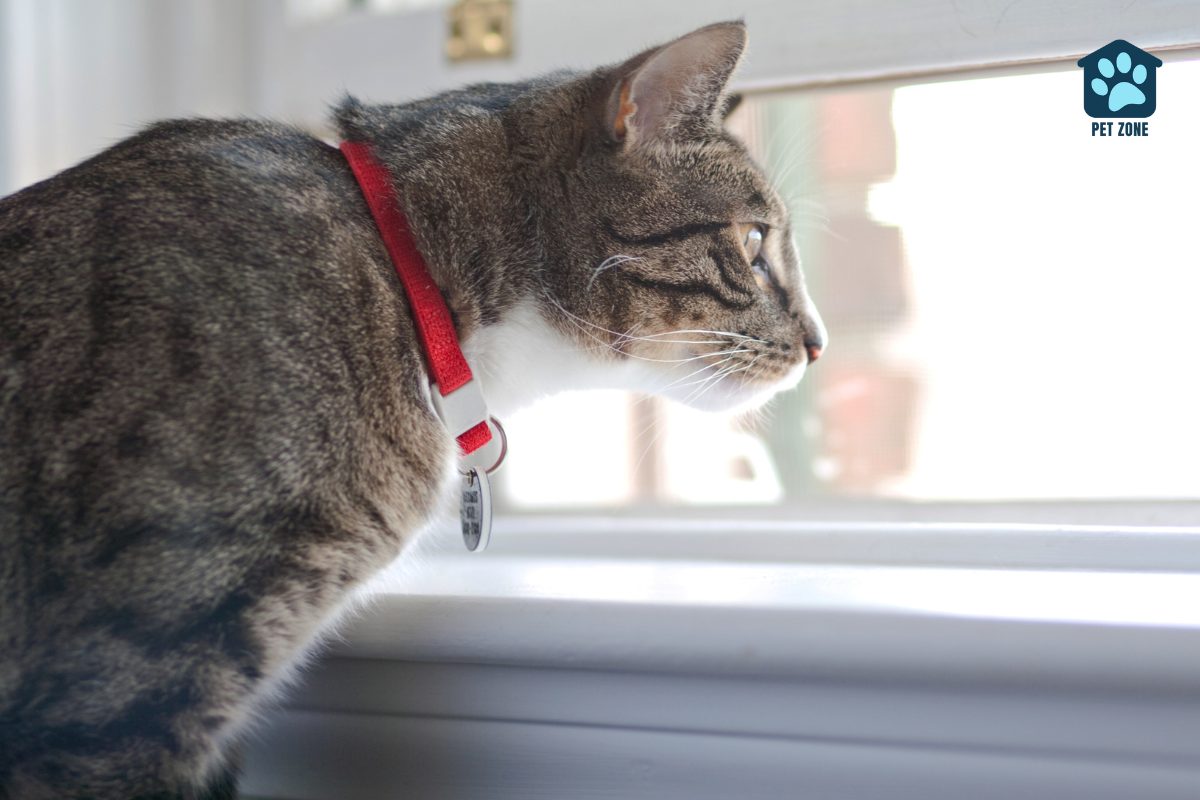
How to Measure a Cat’s Neck for a Collar
To measure your cat’s neck for a collar, grab a flexible tape measure—gently wrap it around your cat’s neck where the collar would sit, ensuring it’s snug but not tight. Want to delve deeper into getting that perfect fit? Keep reading!
Suggested Tools
Grab a flexible tape ruler or a piece of string to measure your cat’s neck. These tools are perfect for getting an accurate size.
With the tape, you can directly read the measurement. If using string, simply mark where it meets around your cat’s neck and then lay it against a ruler to find the length.
Check your work with a cat collar size chart. This helps ensure the fit is just right for comfort and safety.
Whether you’re fitting a new collar or checking an old one, these tools make it easy to get the perfect size every time.
Step-by-Step Method
- Choose a flexible tape measure or a piece of string. A soft measuring tape works best for comfort and accuracy. If unavailable, use a string then measure the string length with a ruler.
- Make sure your cat is calm and relaxed. Pick a quiet time when your cat feels at ease. This ensures measurements are accurate without the cat squirming.
- Position the measure tool snugly around the cat’s neck. Wrap it where the collar naturally sits, close to the shoulders but not too tight. The tool should sit snugly, mirroring a comfortable fit for your cat.
- Mark or note the measurement point where the tape meets its end. For string, mark where it completes the circle then measure this length against a ruler.
- Compare this measurement with a cat collar size chart. Double-check to confirm you’ve got the right size match for your cat.
- Allow extra space – add about 1/2 inch to 1 inch (depending on the fur thickness). This ensures breathing room and overall comfort, making sure it’s not too tight.
- Always double-check the fit after purchasing. Adjust accordingly, making sure you can fit two fingers between the collar and your cat’s neck – no more, no less.
- Regularly check and adjust as needed. As cats grow or change weight, their collar requirements may shift as well.
How to Determine the Correct Tightness of a Cat Collar
To find the perfect fit for your cat’s collar, follow the two-finger rule—slip two fingers under the collar; if they fit snugly without much space left, you’ve nailed it. Keep exploring to ensure your furry friend stays safe and comfortable!
The Two-Finger Rule
The Two-Finger Rule is simple yet crucial for your cat’s comfort and safety. Essentially, you should be able to slide two fingers between the collar and your cat’s neck.
This ensures the collar fits snugly without being too tight. If you can’t fit two fingers easily, it’s too tight; if more than two fingers fit, it’s too loose.
Regular checks are important. Cats grow and their collars may stretch or wear down over time. Making sure the fit remains correct helps prevent injuries and escape attempts.
Always adjust as needed to keep that perfect balance of snugness — not too constricting, but secure enough so they can’t wriggle out.
Making Adjustments
Adjusting your cat’s collar is a key step to ensure their safety and comfort. Take the collar off your cat’s neck while making these tweaks.
- First, find the slider on the collar. This small piece allows you to adjust the tightness.
- Slide it towards making the collar larger or smaller, depending on what’s needed.
- Check if the collar fits by using the two-finger rule. Slide two fingers under the collar. It should snugly fit around them.
- If the collar feels too loose, slide to make it tighter just enough so those two fingers still fit.
- For a tighter fit, do the opposite – gently loosen it until there’s room for your fingers.
- Always double-check the fit after adjustments. The goal is snug but not tight.
- Keep an eye out for any signs of discomfort from your cat, such as scratching at the collar or trying to pull it off.
- Make adjustments regularly, especially if your cat is growing or has weight changes.
Considerations for Choosing the Right Cat Collar
Choosing the perfect collar for your cat involves considering its safety, comfort, and style–explore more to find the best match!
Types of Collars
Picking the right cat collar keeps your furry friend safe and comfy. Here’s a quick guide to help you choose.
- Breakaway Collars: These have a special clasp that snaps open under pressure. They’re designed to prevent choking if the collar gets caught on something. It’s a safety feature that can save your cat’s life if they become trapped.
- Reflective Collars: These collars shine brightly when light hits them, making your cat visible in low light conditions. They’re ideal for night roamers, helping cars and pedestrians spot your cat from a distance.
- GPS Collars: If your cat loves adventures, a GPS collar might be perfect. It lets you track their location in real-time through an app. This tech-savvy option means you can always find your wandering pal, ensuring they never get lost for too long.
Features and Materials of a High-Quality Collar
High-quality cat collars come in durable materials like nylon, leather, or reflective fabric. These choices ensure the collar lasts long and keeps your cat visible.
A must-have feature is the breakaway safety mechanism. It prevents choking if your cat gets stuck somewhere.
Adjustable sizes help you find the perfect fit—neither too tight nor too loose for your furry friend. Look for a collar with a quick-release buckle for easy adjustments.
Reflective or light-up options are great for outdoor cats; they make them easier to spot when it’s dark outside.
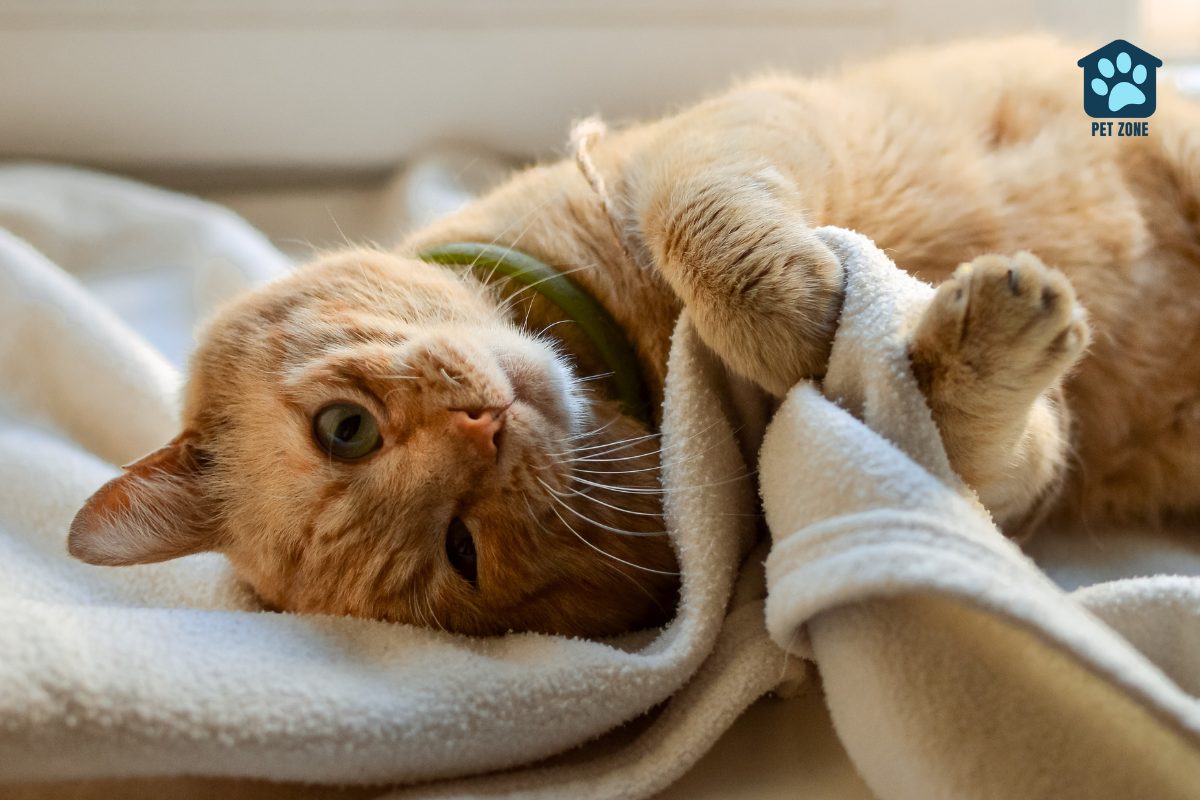
Conclusion
Finding the perfect fit for your cat’s collar keeps them safe and comfy. Remember, two fingers slid under the collar means it’s just right—neither too tight nor too loose. Regularly check this fit; cats grow, and collars can stretch.
Breakaway collars add an extra layer of safety without sacrificing snugness. Your cat deserves comfort and protection—getting the collar fit spot-on is key.
Frequently Asked Questions
If you can’t easily slide two fingers between your cat’s neck and the collar, it’s too tight. Make sure there’s enough space to keep them comfortable, yet secure.
A loose collar might slip off or, worse, get caught on something while they’re exploring. Aim for a snug fit — not too tight, but just right.
Yes! A properly fitted breakaway collar triggers open under pressure; meaning if your cat gets caught, they can break free and avoid harm.
Definitely! Kittens grow fast, so check their collars often. You’ll want to ensure it still fits well and adjust when needed to avoid discomfort or escape attempts.
Both need proper fitting — close enough to the skin for flea collars to work effectively but always adhere to the two-finger rule for safety and comfort.
Cats change; they may gain weight or lose it, making once perfect-fit collars inappropriate over time… Regular checks ensure ongoing safety and comfort – plus give you peace of mind.
As an Amazon Associate I earn from qualifying purchases.
